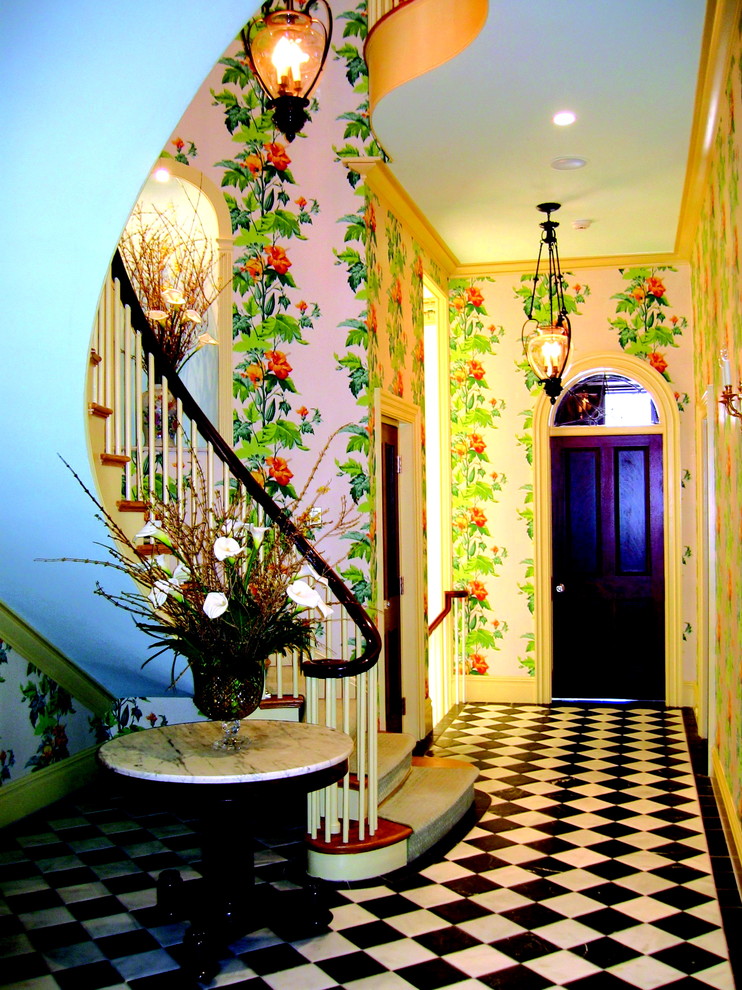The Boston Brahmin homes, situated in the heart of New England, are a testament to the city’s rich history and cultural heritage. These majestic residences, built in the 19th and early 20th centuries, are a reflection of the refined tastes and values of the Boston Brahmin families who once inhabited them. In this article, we will delve into the world of these iconic homes, exploring their architectural styles, historical significance, and the fascinating stories behind them.

A Brief History of the Boston Brahmin
The term "Boston Brahmin" refers to the city’s old aristocracy, a group of families who had settled in the area since the 17th century. These families, including the Lowells, Cabots, and Forbes, were known for their wealth, intellect, and social standing. They were the epitome of sophistication and elegance, and their homes reflected their refined tastes.
Architectural Styles
Boston Brahmin homes are characterized by their grandeur and attention to detail. Many of these residences were designed in the Gothic Revival, Italianate, and Victorian styles, which were popular during the 19th century. These styles are marked by intricate stone carvings, ornate woodwork, and stunning stained-glass windows.
The Gothic Revival style, in particular, is notable for its use of pointed arches, ribbed vaults, and flying buttresses. This style was popularized by architects such as Ralph Adams Cram, who designed many of the Boston Brahmin homes. The Italianate style, on the other hand, is characterized by its use of rounded arches, balconies, and ornate cornices.
Historical Significance
Boston Brahmin homes are not only aesthetically pleasing but also hold significant historical value. Many of these residences were built during the Industrial Revolution, a time of great social and economic change in the United States. The homes reflect the wealth and status of the families who built them, as well as the cultural and artistic values of the time.
One notable example is the Isabella Stewart Gardner Museum, which was once the home of Isabella Stewart Gardner, a prominent Boston Brahmin. The museum, designed by architect Willard T. Sears, is a stunning example of Venetian Gothic architecture and features an impressive collection of art and rare books.
Famous Boston Brahmin Homes
Some of the most famous Boston Brahmin homes include:
- The Gibson House Museum: This stunning Italianate-style mansion was built in 1859 for Catherine Hammond Gibson and features an impressive collection of antique furniture and decorative arts.
- The Nichols House Museum: This charming Victorian-style home was built in 1804 for Moses Nichols and features a beautiful garden and impressive collection of art and rare books.
- The Vilna Shul: This historic synagogue, built in 1919, is a stunning example of Gothic Revival architecture and features an impressive collection of Jewish artifacts and artwork.
Restoration and Preservation
Many Boston Brahmin homes have undergone extensive restoration and preservation efforts in recent years. The Boston Preservation Alliance, a non-profit organization dedicated to preserving the city’s historic buildings, has played a significant role in protecting these iconic residences.
Restoration efforts have included the repair of intricate woodwork, the replacement of stained-glass windows, and the repointing of stone facades. These efforts have helped to preserve the integrity and beauty of these historic homes, ensuring that they will continue to be enjoyed by future generations.
FAQ
- What is the definition of a Boston Brahmin?
A Boston Brahmin refers to a member of the city’s old aristocracy, a group of families who had settled in the area since the 17th century. - What are the characteristic architectural styles of Boston Brahmin homes?
Boston Brahmin homes are characterized by their grandeur and attention to detail, with many designed in the Gothic Revival, Italianate, and Victorian styles. - What is the historical significance of Boston Brahmin homes?
Boston Brahmin homes hold significant historical value, reflecting the wealth and status of the families who built them, as well as the cultural and artistic values of the time. - Where can I visit Boston Brahmin homes?
Many Boston Brahmin homes are open to the public, including the Isabella Stewart Gardner Museum, the Gibson House Museum, and the Nichols House Museum. - How can I contribute to the preservation of Boston Brahmin homes?
You can contribute to the preservation of Boston Brahmin homes by supporting organizations such as the Boston Preservation Alliance, which works to protect the city’s historic buildings.
Conclusion
The Boston Brahmin homes are a testament to the city’s rich history and cultural heritage. These iconic residences, with their grandeur and attention to detail, reflect the refined tastes and values of the Boston Brahmin families who once inhabited them. Through restoration and preservation efforts, these homes continue to be enjoyed by future generations, serving as a reminder of the city’s fascinating past. Whether you are an architecture enthusiast, a history buff, or simply a lover of beauty and elegance, the Boston Brahmin homes are a must-see destination. By visiting these iconic residences and supporting preservation efforts, you can help ensure that these historic homes continue to thrive for generations to come.
Closure
Thus, we hope this article has provided valuable insights into The Boston Brahmin Homes: A Legacy of Elegance and Sophistication. We hope you find this article informative and beneficial. See you in our next article!

